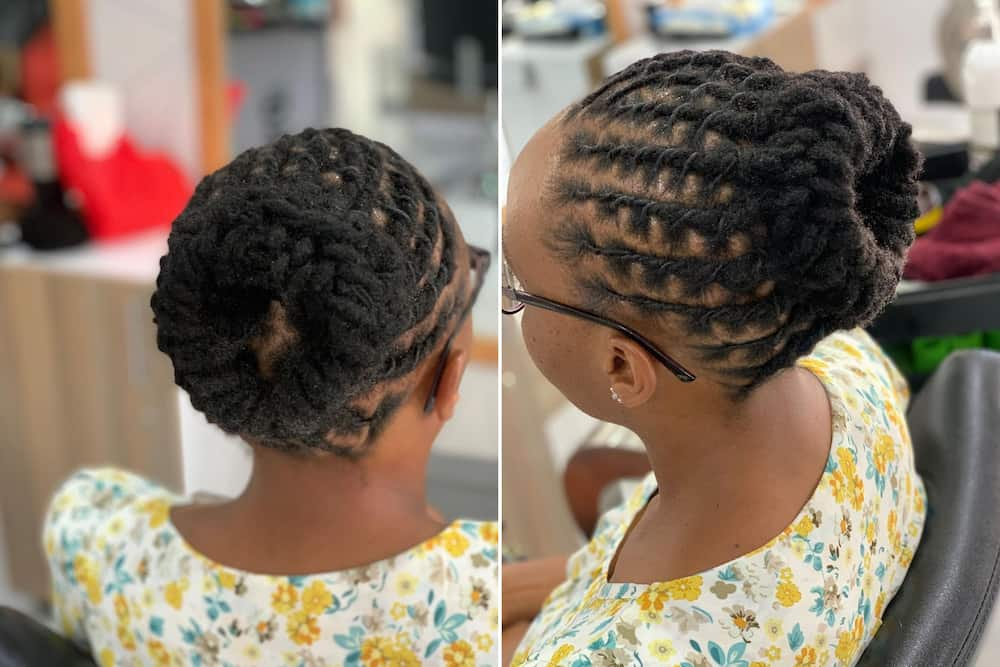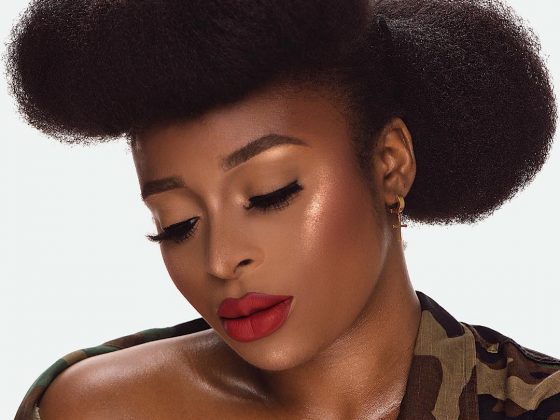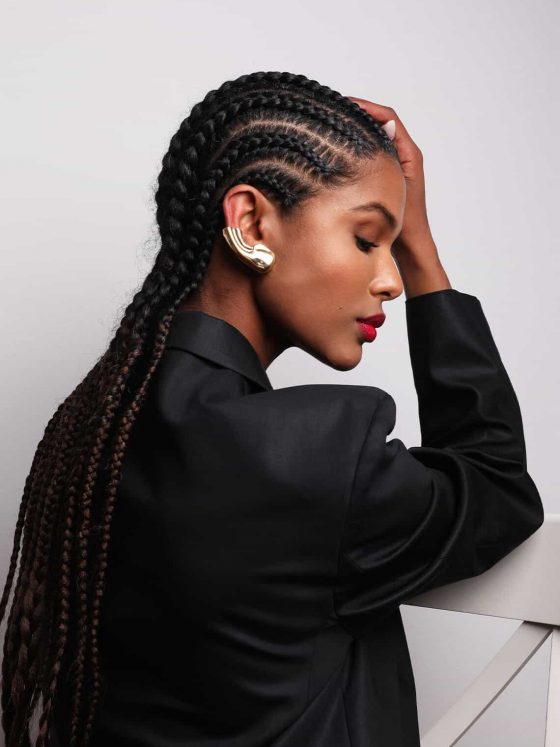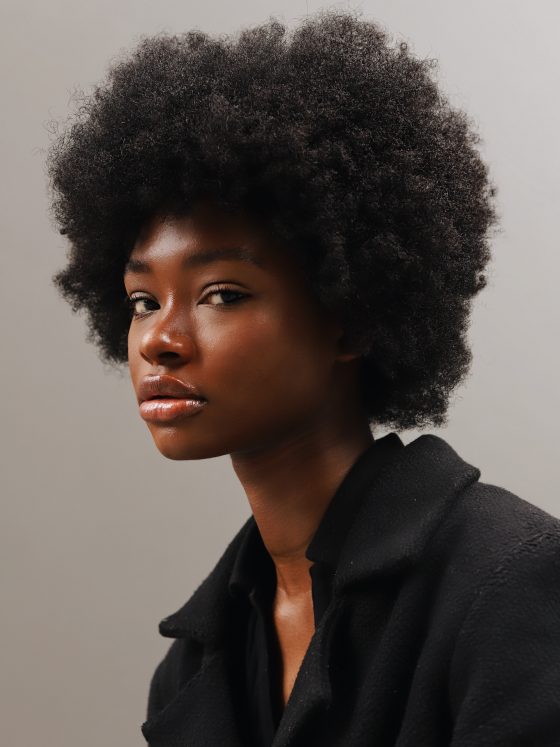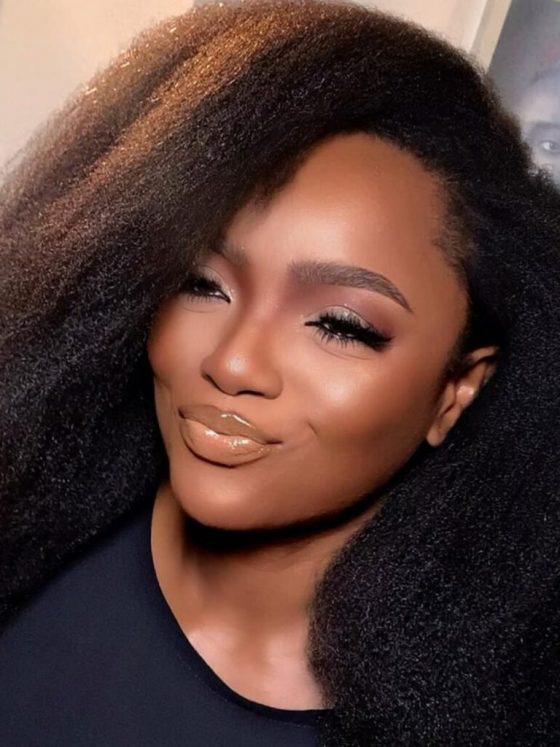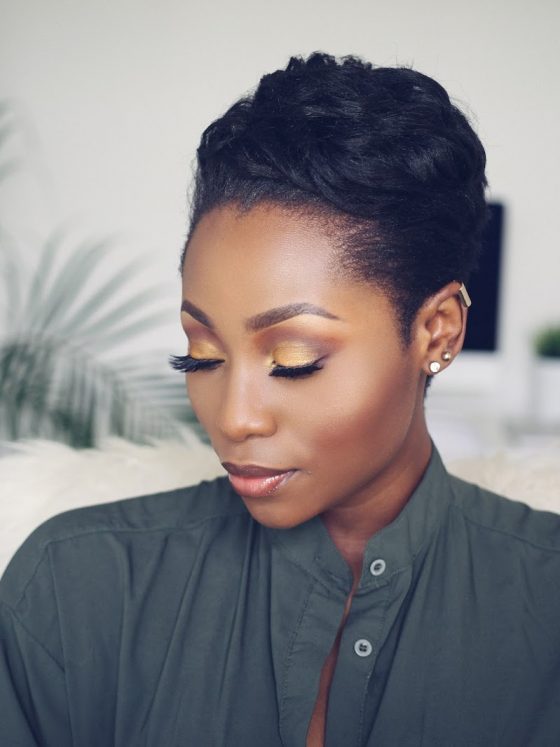Locs—also known as dreadlocks—have been popular for centuries. Originating from various cultures around the world locs have become a symbol of pride, creativity, and individuality. Despite their popularity, many misconceptions surround this hairstyle. If you’re considering getting locs, it’s essential to separate fact from fiction. In this article, we’ll explore some common myths about locs and provide the information you need to make an informed decision about your hair.
WHAT ARE LOCS?
Locs are formed by allowing hair to mat and tangle over time. This process can occur naturally or with the help of a stylist. There are many different methods of creating locs, including the traditional “freeform” approach, “palm-rolling”, and “interlocking”. Regardless of the method, the result is a unique and functional hairstyle that can be customised to suit your tastes and preferences.
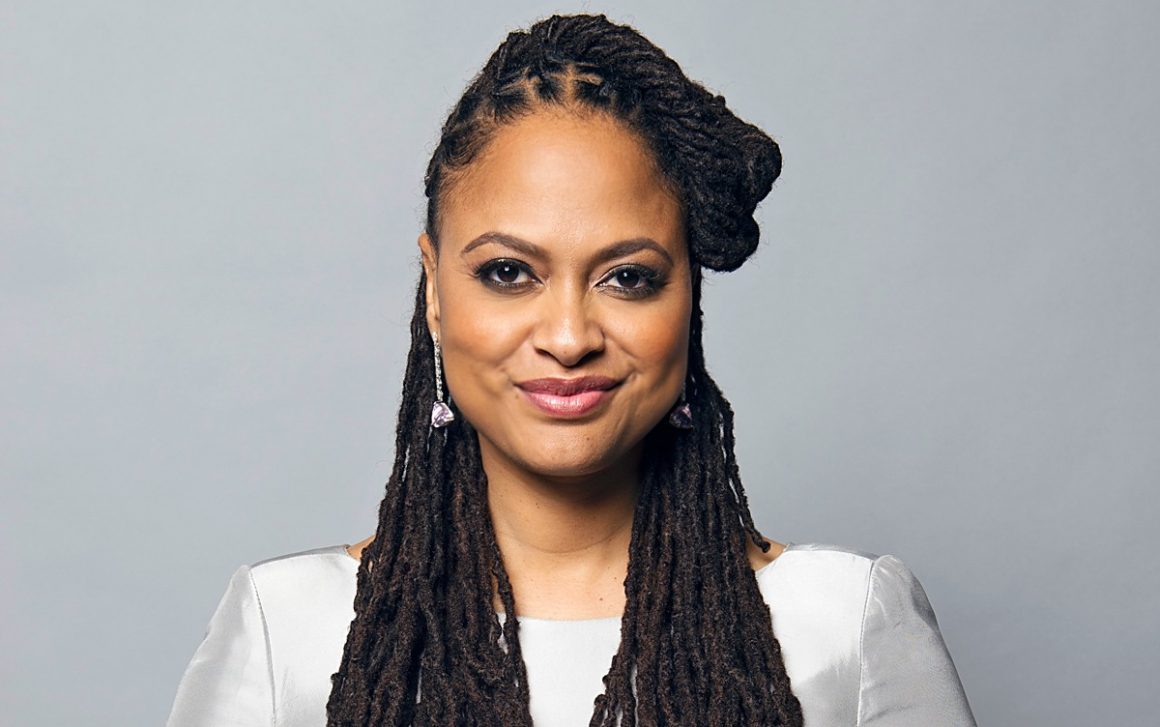
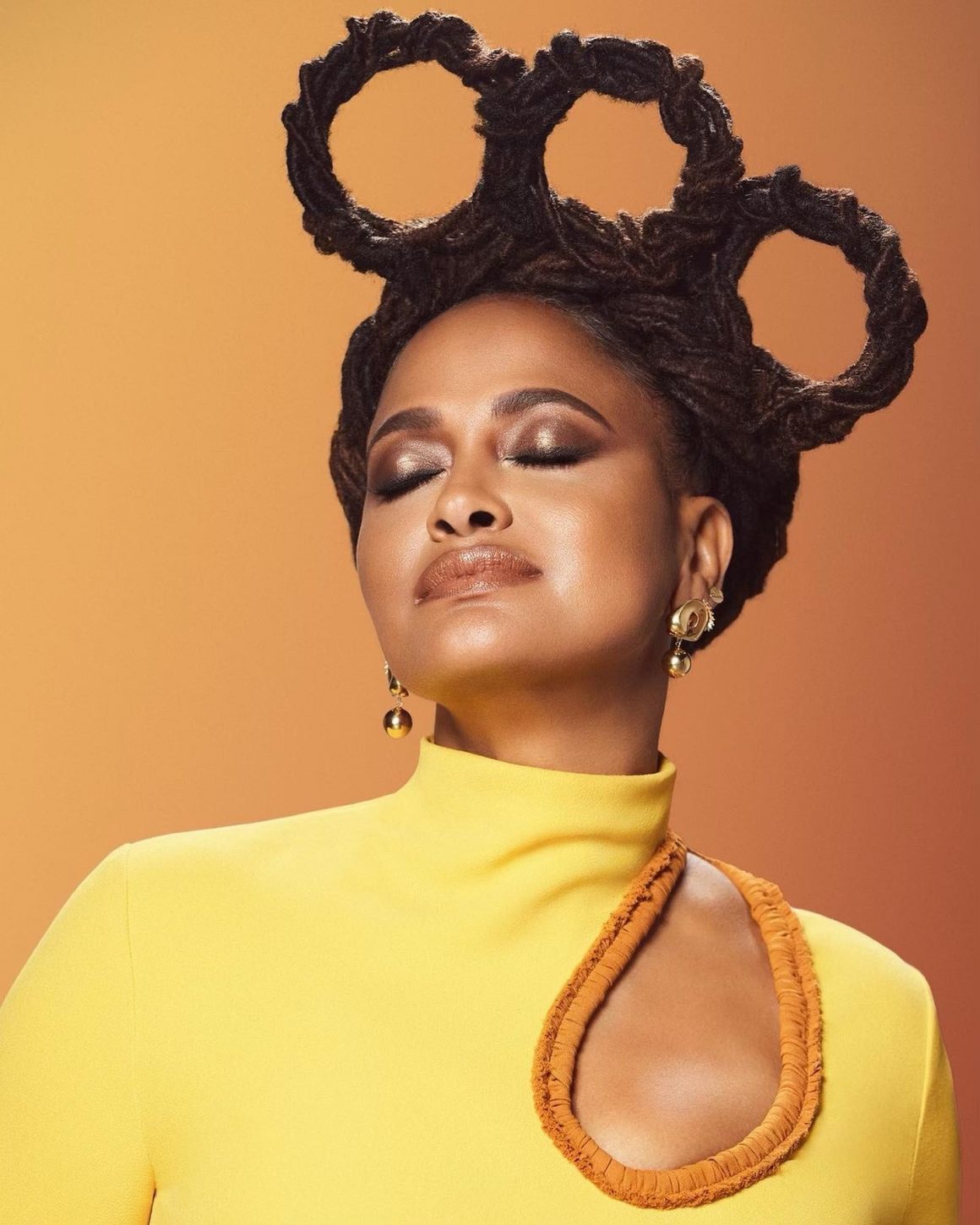
COMMON MYTHS AND MISCONCEPTIONS ABOUT LOCS
Myth #1: Locs are dirty and unprofessional
One of the biggest myths about locs is that they are dirty and unprofessional. This couldn’t be further from the truth. Locs can be just as clean and well-groomed as any other hairstyle. It’s imperative to maintain proper hygiene and care for your locs to keep them looking their best. This includes regular washing, conditioning, moisturising, and occasional retightening to keep the locs in place.
Locs can also be worn in professional and formal settings. Many people with locs work in professional environments such as law, medicine, and finance and have no trouble maintaining a polished and elegant appearance. They can be styled in a variety of ways, making them a versatile and stylish option for people of all professions.

Myth #2: Locs are permanent and cannot be undone
Another common myth about locs is that they are permanent and cannot be undone. While it’s true that locs can be difficult to reverse, it is possible to undo locs if you decide you no longer want them. This process, known as “combing out” or “unlocking” the locs, involves using a special comb and conditioner to gently unravel the locs and restore the hair to its natural state.
You should note, however, that the process of undoing locs can be time-consuming and may damage hair. Additionally, the longer you have had your locs, the more difficult it may be to undo them. For this reason, it’s worthwhile to consider whether you’re genuinely committed to locs before getting them.
Myth #3: Locs are high-maintenance and require a lot of upkeep.
While it’s true that locs require some maintenance, they are not necessarily more high maintenance than other hairstyles. One of the benefits of locs is that they can be a low-maintenance option for people who don’t want to spend a lot of time styling their hair.
To keep your locs looking their best, establish a regular maintenance routine. This may include washing and conditioning your locs regularly, retightening them as needed, and moisturising them to prevent dryness and breakage. However, once you establish a routine that works for you, maintaining your locs should be relatively straightforward.
Myth #4: Locs are only suitable for certain hairstyles
Another common myth about locs is that they are only ideal for certain hairstyles. This is not true. As mentioned, they can be styled in various ways, from simple updos to intricate braids and twists. Many people with locs enjoy experimenting with different styles and looks, using it as a canvas for creative expression.
THE TRUTH ABOUT LOCS: BENEFITS AND DRAWBACKS
Now that we’ve explored some of the most common myths about locs, let’s look at the benefits and drawbacks of this unique hairstyle.
BENEFITS OF LOCS
Versatility: Locs can be styled in numerous ways, making them a versatile option for people of all ages and professions.
Low maintenance: Once established, they can be a low-maintenance option for people who don’t want to spend much time styling their hair.
Creative expression: Many people with locs use their hair as a canvas for creative expression, experimenting with different styles and looks.
Cultural heritage: For many people, locs are a way to connect with their cultural heritage and express their identity.
DRAWBACKS OF LOCS
Initial maintenance: Creating locs can be time-consuming and may require some initial maintenance to get the locs to form correctly. It can take up to a year or two to reach the mature stage.
Limited styling options during the early stages: In the early stages of the locs, there may be limited styling options as the hair is still forming.
Potential for damage: If not correctly maintained, locs can be prone to breakage and damage.
FACTORS TO CONSIDER BEFORE GETTING LOCS
Before getting locs, a few key factors should be considered to ensure this hairstyle is right for you. They are:
Your hair type: While locs can be worn by people of all hair types, certain hair textures may be more prone to breakage or damage.
Your lifestyle: If you have an active lifestyle or work in an environment that is harsh on your hair, you may need to take extra precautions to protect your locs.
Your commitment level: As discussed, caring for locs can be time-consuming and maintenance intensive. It’s critical to consider whether you’re truly committed to this hairstyle before getting it.







